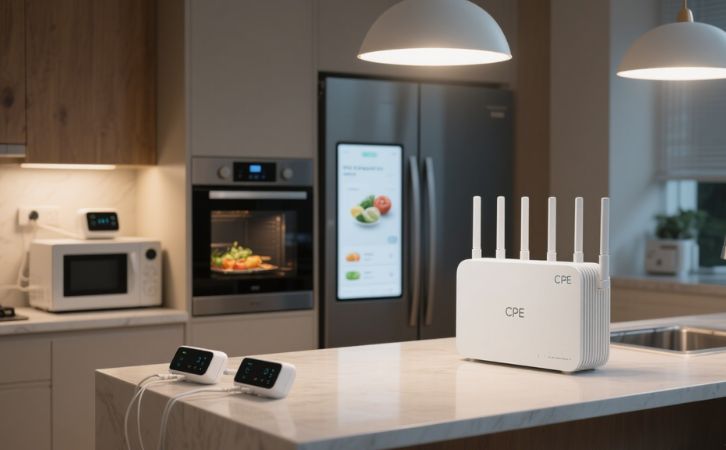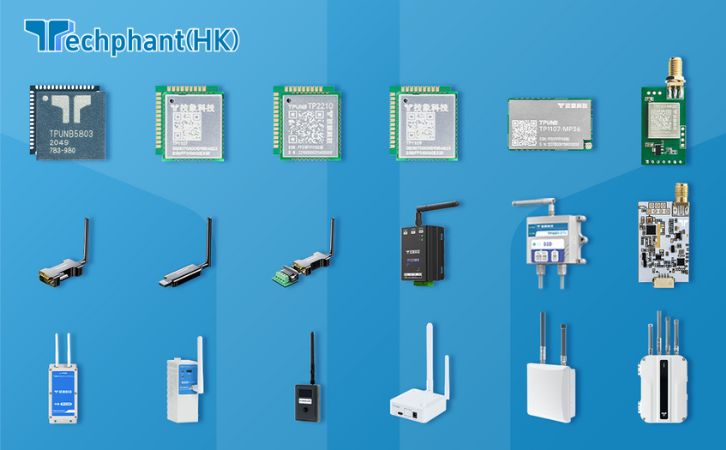A Smart Home System (or Home Automation System) is a network of interconnected devices, appliances, and systems that can be controlled remotely or automatically to enhance convenience, security, energy efficiency, and comfort in a home.
1. Definition and Core Concept
Smart home system technology (also termed home automation or connected home) refers to a residential ecosystem of internet-connected devices, appliances, and systems that communicate via centralized control mechanisms. These components automate household functions, enable remote monitoring/control, and optimize living conditions through data-driven intelligence. Key characteristics include:
Interconnectivity: Devices operate as an integrated network using IoT protocols .
Automation: Systems execute tasks based on user preferences, schedules, or sensor inputs (e.g., lights turning on at sunset) .
Intelligence: AI algorithms learn user behavior to predict needs (e.g., adjusting thermostats before occupants arrive) .
2. Core Enabling Technologies
a) Internet of Things (IoT)
Function: Forms the backbone by embedding sensors/actuators into physical devices (lights, locks, thermostats) .
Communication Protocols: Wi-Fi (high bandwidth), Bluetooth (short-range), Zigbee/Z-Wave (low-power mesh networks) .
Role: Enables device-to-device/data-to-cloud communication for real-time coordination .
b) Artificial Intelligence (AI)
Machine Learning: Analyzes usage patterns to automate routines (e.g., optimizing energy use) .
Voice/Image Recognition: Allows control via natural language (e.g., “Alexa, lock doors”) and facial detection for security .
Predictive Maintenance: Flags device malfunctions before failures occur .
c) Cloud Computing
Data Processing: Handles massive sensor data streams for analytics .
Remote Access: Enables control via smartphones/apps from any location .
Scalability: Supports adding new devices without hardware upgrades .
d) Edge Computing
Low-Latency Actions: Processes critical tasks locally (e.g., security alerts) to avoid cloud delays .
3. System Architecture Layers
| Layer | Components | Function |
|---|---|---|
| Perception | Sensors (motion, temperature, light), Actuators | Collects environmental/user data |
| Network | Hubs (SmartThings, HomePod), Gateways (Zigbee↔Wi-Fi bridges) | Device coordination & protocol translation |
| Application | Mobile apps, Voice assistants (Google Assistant), Cloud platforms | User interface & automation rules |
4. Hardware Components
Central Hub: Acts as the “brain” (e.g., Samsung SmartThings Hub) to unify device control .
Sensors: Monitor environmental variables (motion, humidity, smoke) .
Actuators: Execute physical actions (e.g., smart locks engaging, valves closing) .
End Devices: Smart thermostats (Nest), lighting (Hue), appliances (LG smart fridges) .
5. Software Components
| Component | Examples | Role |
|---|---|---|
| Device Firmware | Embedded OS in sensors/actuators | Hardware operation & basic data processing |
| Gateway Software | Zigbee coordinator modules | Protocol translation & local rule execution |
| Mobile Apps | Apple Home, Tuya Smart | Device onboarding, monitoring, scene creation |
| Cloud Platforms | AWS IoT, Google Cloud IoT | Data storage, AI analytics, remote access APIs |
6. Real-World Applications & Efficacy
Energy Efficiency: California smart communities reduced energy use by 25% via automated thermostats/lighting .
Security: Smart cameras/locks cut burglaries by 40% through real-time alerts .
Healthcare: AI-powered sensors monitor elderly residents for falls, alerting caregivers .
Accessibility: Voice control aids mobility-impaired users in operating appliances .
7. Advantages vs. Limitations
| Advantages | Limitations |
|---|---|
| Convenience: Unified app/voice control | Security Risks: Hacking of cameras/locks |
| Energy Savings: 15–20% lower utility bills | Interoperability: Brand-specific protocols hinder integration |
| Safety: Fire/leak detection alerts | Complexity: Multiple apps confuse users |
| Personalization: AI-driven adaptive environments | Cost: High initial investment (15.000) |
8. Future Evolution
AI Advancements: Emotion recognition for mood-based ambiance adjustments .
Interoperability Standards: Matter protocol adoption to unify device compatibility .
Robotics Integration: Service robots for cleaning/surveillance synced with IoT networks .
Conclusion
Smart home technology transforms residences into responsive, efficient, and secure ecosystems through the synergy of IoT connectivity, AI intelligence, and cloud-edge computing. While challenges like security and fragmentation persist, advancements in interoperability and AI promise increasingly seamless, user-centric automation. As evidenced by real-world implementations, the technology delivers tangible benefits in energy conservation, safety, and accessibility, positioning it as a cornerstone of future sustainable living .



